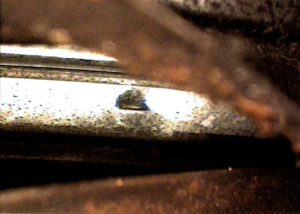Chimney Inspection
As someone who has witnessed the devastating effects of chimney neglect, I cannot stress enough the importance of having a chimney inspection prior to purchasing a home. A chimney inspection can not only help protect your health and safety, but it can also save you money in the long run.
Here are some reasons why a chimney inspection should be a top priority for anyone considering buying a home with a chimney:
- Prevent respiratory issues: Chimneys that have not been maintained properly can accumulate creosote and other dangerous chemicals that can cause respiratory problems like asthma and COPD. A thorough chimney inspection can help identify any potential hazards and provide a plan to address them.
- Ensure fire safety: Chimneys that are not properly maintained can become a serious fire hazard, especially if there are cracks or gaps in the flue lining. A professional chimney inspection can identify any potential fire risks and recommend appropriate actions to address them.
- Ensure structural integrity: Over time, chimneys can deteriorate due to weather, age, and other factors. An inspection can identify any issues with the chimney’s structure and provide guidance on how to address them.
- Save money: Identifying and addressing potential issues with a chimney before purchasing a home can save you a significant amount of money in the long run. A chimney that has not been maintained properly may require costly repairs or even a full replacement, which can add up quickly. Chimney repairs are the 4th most expensive repair on a home in our market , relining a masonry flue averages $12,000 while replacing a pre-fabricated flue averages $16,000
- Peace of mind: Finally, having a chimney inspection prior to purchasing a home can give you peace of mind, knowing that you and your family will be safe and secure in your new home.
If you’re in the market for a new home with a chimney, don’t overlook the importance of a chimney inspection. We recommend East Alabama Home Inspectors for your chimney inspection needs. Their experienced and qualified inspectors can provide a comprehensive inspection to ensure your chimney is safe and functioning properly. A small investment in a chimney inspection now can help ensure your health, safety, and financial security for years to come.
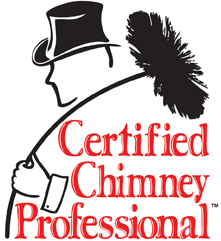
Unlocked/disengaged Prefabricated chimney Liner
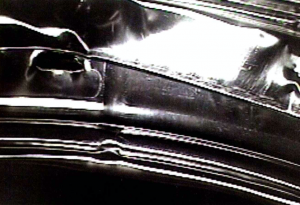
Exhausting high efficiency gas can erode liners
CHIMNEY INSPECTION IMAGES
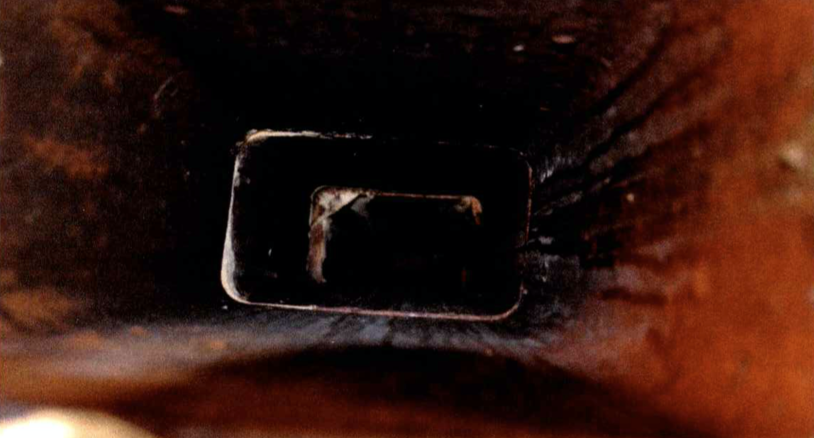
Rain entering the chimney
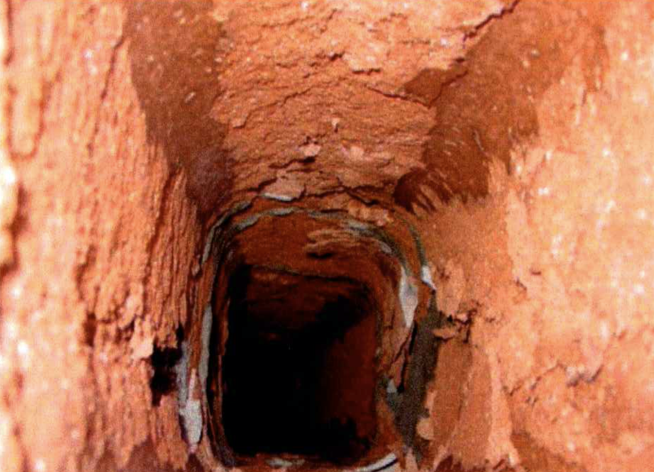
Exhausting high efficiency gas can erode liners
What is the most active part of your home yet never moves, it’s the chimney, 24/7/365 thousands of cubic feet of air travel through it, some clean some not so clean. No homeowner should assume their chimney can be used without a thorough examination, both exterior and interior. Rain, flue gases, and freezing moisture cause erosion and deterioration to chimneys. Breaks in the chimney liner even small ones-can reduce the chimneys ability to vent all the products of combustion gases and condensation to enter the home structure.
The Scan operator can point out vital information about the chimneys interior condition. In gas and oil central heating systems early detection of condensates within the chimney can help prevent additional costly home repairs. As indicated in the photo below the condensates from high efficiency units can literally eat way the chimney liner casing. The liner chips falls and can possibly close off the connector pipe!
In the past, the examination of the chimney interior involved either an ineffective flashlight and mirror or the expensive disassembly of part of the the chimney to see problem areas. Your chimney professional will be able to show you these precarious conditions, if they exist:
*Improper new construction
*Chimney fire damage
*Improper prefabricated chimney connection
*Deterioration from gas appliance connections
*Cracks, even hairline cracks, in flue liners
*Broken or mission tile liners and mortal joints
*Deterioration of the smoke shelf or damper
*”Quick-Fixed” thimble holes
* Hidden Breaches
*Nest, limbs and other blockages
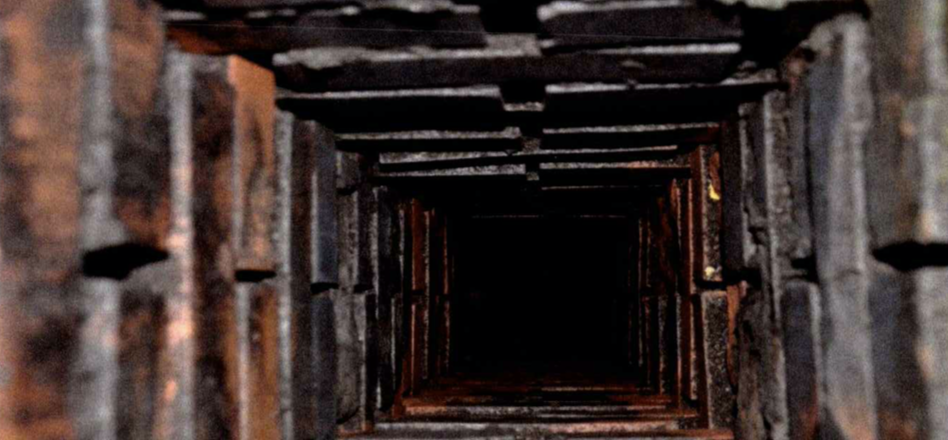
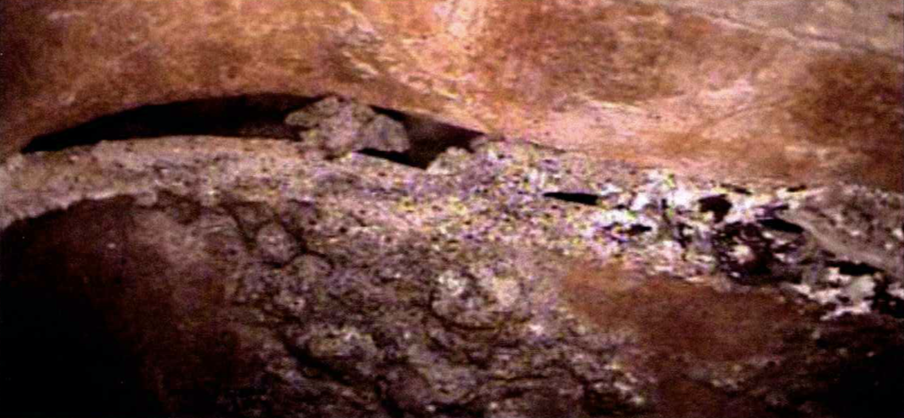

Pyrolized creosote and cracked flue liner
Increased use of fireplaces and wood heat has resulted in an increase in chimney fires. An examination soon after the mishap can determine the cause of damage. Whitened mortar joints, blaze marks, missing mortar, cracks and discoloration in liners and buckling of steel liners are indications of sudden occurrence chimney damage.
Your inspection may provide several reports formats: a written report on a chimney evaluation form or digital photographs and reports which can be emailed.
A video inspection of a chimney interior offers both the Fire Investigator and the Insurance Adjustor these important benefits:
* You get detailed information, obtained by only inches away from the chimney walls.
* You get complete documentation in a variety of digital formats.
* You save time on claim processing by getting reliable information easily. If requested, an estimate for repair may be offered by the inspecting company

Vertical Crack in Corner of tile
Is that open space between liners that big a deal?
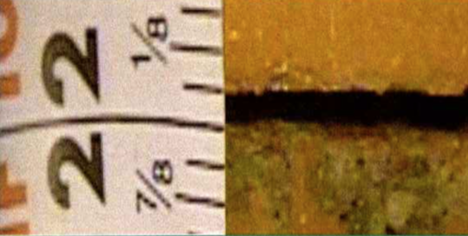
Unlocked/disengaged Prefabricated chimney Liner
Ok why do I need to know about open spaces in my chimney? All I want to know, is the chimney is safe to use.
Well that’s a valid question to ask, but it does require a little understanding of what your chimney does. Remember smoke, heated gases and some sparks use the chimney for a passageway from your fireplace or appliance to the great outdoors. Having gaps in between the liners could put yourself or your home in harms way by letting these things escape!
Think again.
Let’s look at this closely. If you have a chimney liner that has 7”x7” interior dimensions and a 1/16th inch gap between the next liner, the open area equals 3 sq. inches. Place 9 more liners on top of this, with the same 1/16th of an inch opening, collectively you have 30.38 sq. inches. This is larger than a 6” hole. So that “not so bad mortar joint”, may not be serving you or your chimney very well.
In another example, let’s ramp it up a little by taking a 13”x13” liner, which is common for a fireplace chimney. Consider a one inch gap between the liners, which is not uncommon. We have 52 sq. Inch open area in one liner joint area. That’s larger than an 8” hole. Add 4 more liners to the top of this one and you have a whopping 260” sq. Inch opening, larger than a 18” round hole.
Get the idea?
Chimneys operate under a negative pressure or vacuum, so how can we expect the chimney or fireplace to operate with gaps? If this was your vacuum cleaner you would notice if it wasn’t working well.
Consider this example chimney in newer home construction or renovation of an older home. This could become a real problem in performance and energy efficiency. Tighter homes compete for air so who is going to lose the battle for make up air? Your Chimney! Even though there may be a brick or block to surround the liners, it will still leak air into the chimney. This can contribute to the summertime damp/smoky odor you may experience from time to time.
Also remember when smoke and hot gases cool, they condense on the walls of the liners and roll down to the gap and can enter into the interior chimney cavity. (Not good!)
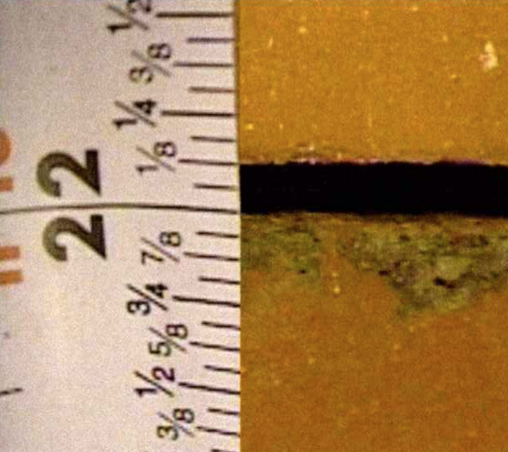
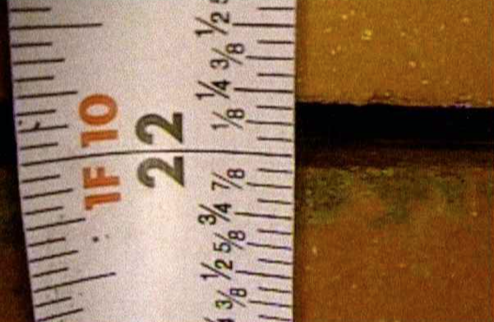
Something to keep in mind
There are national recommendations from the building codes concerning this issue. Even though the codes do explain in detail how clay liners are to be joined, (NFPA 211 or IRC) both code bodies understand that the smallest hole can create a loss in performance when trying to exhaust smoke and gases from a fireplace or appliance. Gaps can create uncertainty, on how the fireplace or appliance will operate under all conditions. Smoke and gases can move into other areas within the chimney cavity creating more uncertainty.
Uncertainty is not your friend.
Remember you have a variety of solutions to stop the leaking, whether a chimney reline, resurface or joint repair. If you were wondering if gaps are a big deal, yes they are!
What the sweep is telling you!
*Your chimney falls below recommended building codes.
*Even though the chimney may appear to operate, it is doing so in a limited availability. And the condition will only prematurely deteriorate the chimney at an accelerated rate.
*If you’re asking “is it safe to use,” I can not offer you any peace of mind in its current condition.
Todays technology and higher demands for efficiency and performance are now ramped up higher than before. So yesterdays though process will not work with todays reality.
Here’s an analogy
A little more on the importance of inspecting Chimney flues thoroughly.
As an experienced professional, I’ve seen firsthand the devastating effects that chimney fires can have on homes and families. Many people underestimate the importance of chimney maintenance, but the truth is that a tiny hole in a flue can be a serious fire hazard.
Think about it like this: if you were to drink a milkshake through a straw with a hole in it, the flow of the liquid would be interrupted, right? The same principle applies to the products of combustion that rise through your chimney. Even a small hole in the flue can disrupt the flow of these gases, causing them to spill back out into your home and create a dangerous situation.
But that’s not the only concern. A hole in your chimney can also be a direct pathway for heat to escape, drying out nearby framing members and lowering the minimum threshold temperature needed for spontaneous combustion to occur, potentially igniting nearby combustible materials and starting a fire. In fact, over 25,000 house fires per year in the USA start in the chimney and spread to other areas of the home resulting in over $120 million in damages and the potential for loss in lives.
That’s why it’s so important to have your chimney inspected regularly by a qualified professional. A thorough inspection can identify any potential hazards and gives you peace of mind knowing that your home is safe from the threat of chimney fires.
So, if you haven’t had your chimney inspected recently, I strongly encourage you to do so. Don’t wait until it’s too late – act now to protect your home and family from the devastating effects of a chimney fire. Remember, even a tiny hole in a flue can be a serious fire hazard. Our data indicates that over 78% of chimneys inspected over the last 3.5 years have a significant fire hazard other than creosote and soot. Don’t gamble with your home and the health and safety of your family.


